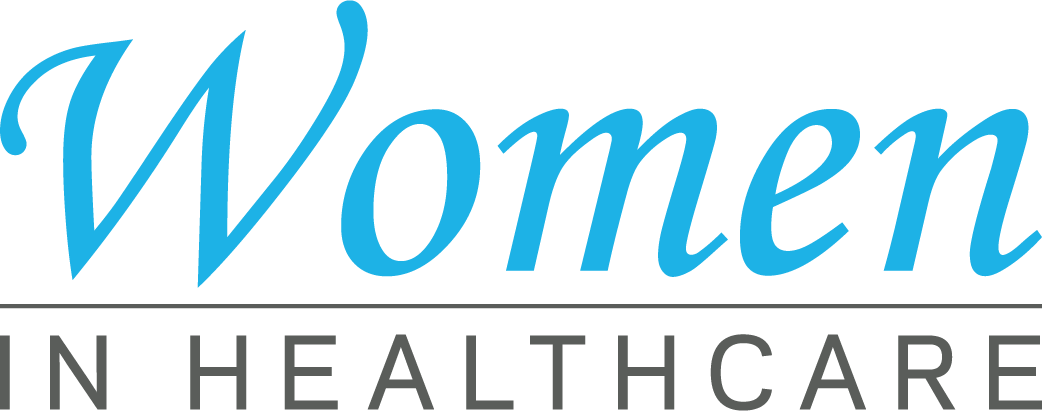Healthcare RCM: Optimize Revenue Cycle Management for Better Outcomes
Healthcare RCM: Optimize Revenue Cycle Management for Better Outcomes
Blog Article
A Comprehensive Guide on Exactly How Medical Care RCM Works to Streamline Billing and Collections
Browsing the complexities of health care profits cycle monitoring (RCM) is vital for suppliers intending to enhance their invoicing and collections processes. The overview unloads the details of RCM, from patient registration to accounts receivable administration, using understandings right into optimizing each step.
Understanding Revenue Cycle Management
RCM is a vital administrative function that encompasses the entire economic procedure of individual treatment, from the preliminary appointment establishing to the final repayment of the equilibrium. It is a complex procedure developed to identify, accumulate, and handle the income from the services supplied to clients.
The RCM process starts when an individual schedules a consultation and prolongs via the individual's care trip, including payment and collections. An essential objective is to minimize the time in between supplying a service and obtaining payment, hence enhancing the company's monetary wellness. RCM involves different functions such as individual enrollment, insurance coverage verification, fee capture, coding, asserts submission, repayment posting, and dealing with rejections and appeals.
Trick Components of RCM
In the world of Income Cycle Management (RCM), understanding its key elements is fundamental to achieving economic efficiency within healthcare organizations. RCM is a comprehensive process that incorporates various stages, each important to guaranteeing reliable billing and collections. The primary elements consist of person enrollment, insurance verification, fee capture, coding, case entry, payment posting, and balance due administration.


As soon as coded, insurance claims are submitted to payers, where precision is vital to stay clear of rejections or delays - Healthcare RCM. Payment publishing entails tape-recording the received payments, which enables for the reconciliation of accounts. Last but not least, balance dues monitoring concentrates on tracking and attending to overdue cases, guaranteeing timely follow-up and resolution
Each component of RCM is interconnected, and inadequacies in any component can interfere with the entire cycle. For that reason, grasping these components is important for doctor to optimize income and boost their monetary wellness.
Strategies for Reliable Invoicing

Standardizing billing treatments throughout the company is another key approach. Establishing clear guidelines for paperwork, coding, and entry aids keep consistency and compliance with governing requirements. Training team regularly on these procedures makes sure every person is current with the most up to date changes in billing codes and payer policies.
Precise fee capture is necessary in avoiding income leak. Applying routine audits and tracking systems enables the identification and improvement of inconsistencies before they influence earnings. Additionally, preserving open lines of interaction with payers aids to promptly deal with any disputes or misunderstandings that may occur.

Lastly, appealing patients early in the billing process by supplying clear quotes and instructional materials about their economic duties can significantly reduce complication and improve repayment timeliness. These methods collectively add to a more monetarily healthy and reliable billing system.
Enhancing Collections Procedures
Offered the complexities of clinical billing and the variety of payer needs, improving the collections process entails carrying out strategic procedures that make sure look at this website timely and exact settlement of services made. Automation tools can assist in tracking insurance claim statuses, sending prompt pointers to individuals, and taking care of denials extra properly.
Educating staff to comprehend the subtleties of insurance policy policies and billing codes is similarly necessary. This expertise equips them to attend to payment disparities rapidly and connect properly with his explanation clients regarding their economic duties. Moreover, clear and clear person communications are crucial. Giving thorough descriptions of fees and offering versatile repayment strategies can raise person satisfaction and punctual repayments.
Routine audits of the collections procedure must be carried out to recognize locations for enhancement and make sure compliance with laws. By analyzing data, healthcare organizations can determine patterns, expect potential issues, and adapt strategies as necessary (Healthcare RCM). Ultimately, a well-enhanced collections process not only supports financial health and wellness however also adds to a more seamless experience for clients and personnel alike
Optimizing Earnings Streams
Structure upon the foundation of a solid collections procedure, health care organizations can even more boost their financial stability by strategically maximizing income streams. This involves a multi-faceted approach, starting with a thorough analysis of existing profits resources to determine inefficiencies and locations for growth. Utilizing innovative information analytics tools makes it possible for companies to get understandings into payer mix, individual demographics, and service utilization patterns, enabling for data-driven decisions that enhance earnings capture.
Implementing automated payment systems can significantly decrease mistakes and expedite claims processing, making sure that income is collected more successfully. Additionally, optimizing payer contracts via regular settlements can enhance compensation prices and terms, straight affecting the lower line. Expanding service offerings, such as incorporating telehealth or health care, can additionally attract a wider individual base, therefore increasing revenue potential.
Another critical part is enhancing person engagement and satisfaction, as satisfied individuals are more probable to follow treatment strategies and make prompt settlements. Offering versatile repayment options official website and clear invoicing practices can boost collections and foster patient loyalty. Healthcare RCM. By embracing these strategies, healthcare companies can produce a more durable economic framework, ensuring continual growth and security in an ever-changing sector landscape
Conclusion
In conclusion, health care Earnings Cycle Monitoring (RCM) plays a crucial function in enhancing invoicing and collections processes by integrating vital parts such as client enrollment, insurance coverage confirmation, charge capture, coding, asserts submission, and receivable monitoring. By employing advanced innovation, systematizing procedures, and promoting patient interaction, health care carriers can dramatically minimize insurance claim rejections, speed up repayment cycles, and boost money circulation. This thorough technique to RCM eventually leads to enhanced monetary performance and sustainability for medical care organizations.
The RCM procedure starts when a person timetables a visit and expands with the client's care trip, consisting of payment and collections.One more important element is boosting client engagement and fulfillment, as pleased people are a lot more likely to stick to therapy plans and make prompt repayments. Offering versatile payment alternatives and transparent billing techniques can improve collections and foster individual loyalty.In final thought, health care Earnings Cycle Administration (RCM) plays a crucial duty in optimizing invoicing and collections procedures by integrating key elements such as patient enrollment, insurance policy confirmation, charge capture, coding, declares entry, and accounts receivable administration. By employing innovative innovation, standardizing procedures, and fostering individual involvement, healthcare service providers can substantially reduce claim denials, increase repayment cycles, and improve cash circulation.
Report this page